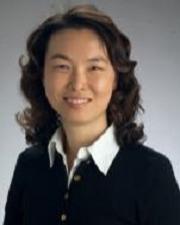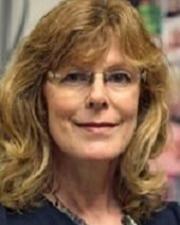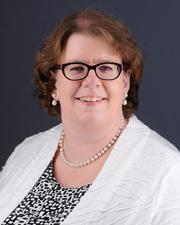Bioimaging
Director: Xinmai Yang, Ph.D.
Bioimaging science is an evolving field of biomedicine and bioengineering that involves the development and application of imaging technologies and computational software tools to answer biological questions in life sciences. This discipline brings together engineers, computer scientists, physicists, biologists, chemists and clinicians engaged in the development of equipment and methodologies for characterizing tissue properties and examining its structure and function through in vivo or ex vivo visualization at multiple resolutions, ranging from molecular and cellular to organ level. The imaging technologies are mainly based on the principles of optics, photonics, magnetic resonance, nuclear medicine, radiation, ultrasonics and spectroscopy. Modern applications of bioimaging include multi-photon imaging, image-guided interventional procedures, surgical planning, oncology treatment planning, endoscopic and laparoscopic surgeries and virtual telemedicine. Image processing and analysis is an important part of bioimaging and allows measurement and quantification of anatomical, physiological and/or clinically meaningful parameters. This track is closely linked to the other tracks of the bioengineering program because of supplying critical supportive data. For example, as part of bioimaging, gene-array imaging and analysis provide data for mining with the techniques used in bioinformatics.
As the students in this track are prepared for careers in industry, academia and public service, they are trained in the current bioimaging modalities; fundamentals of physical and mathematical principles and operations, hardware and software, image contrast produced and its interpretation, image quality analysis and measures, quality control tests with phantoms, receiver operating characteristics and target detectability, molecular and cellular contrast agents. Students are exposed to in vivo and ex vivo applications and learn biomarkers specific to individual modality and their utilities. Students use this knowledge to interpret the image contrast for understanding the basic anatomical and physiological relationships in normal and abnormal (e.g. disease) states and for accurate and reproducible clinical diagnosis or visualization.
An accessible version of the content below will be made available upon request. Please contact bioe@ku.edu to request the content be made available in an accessible format.


















